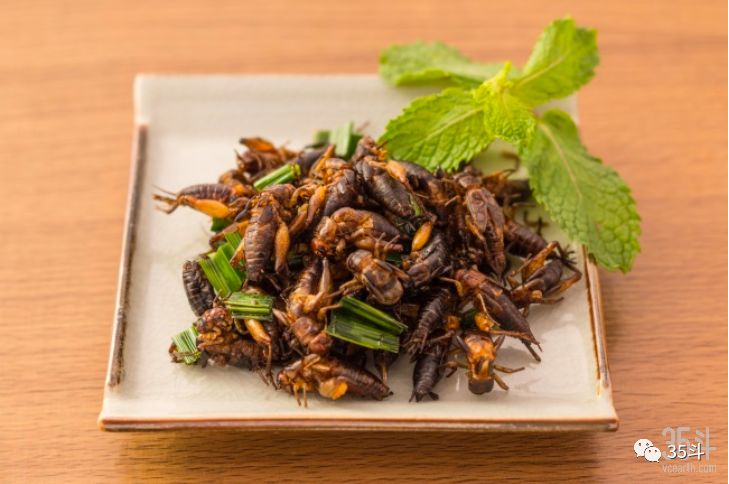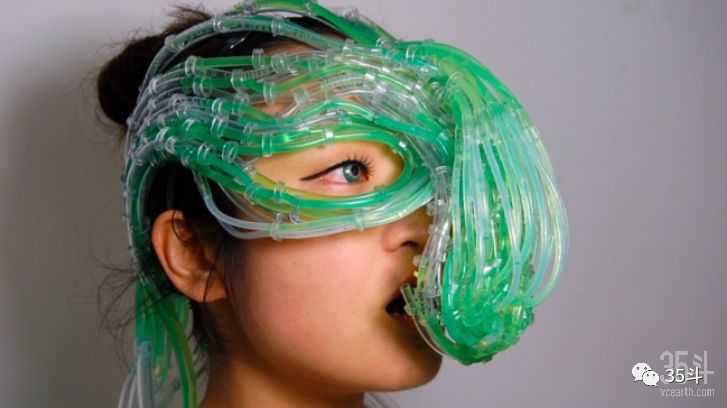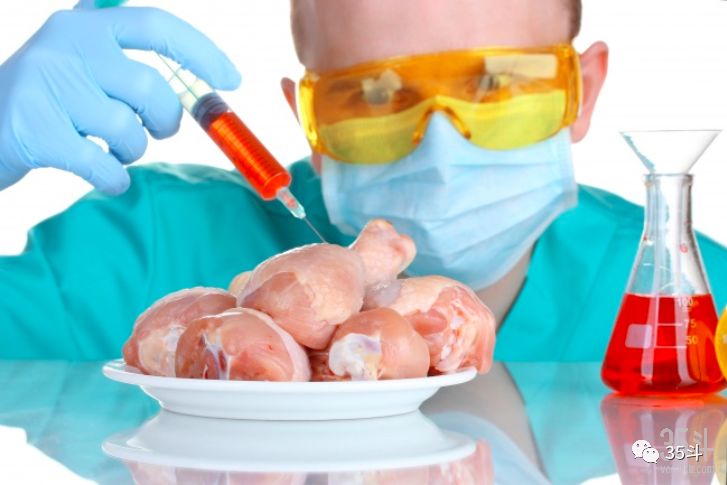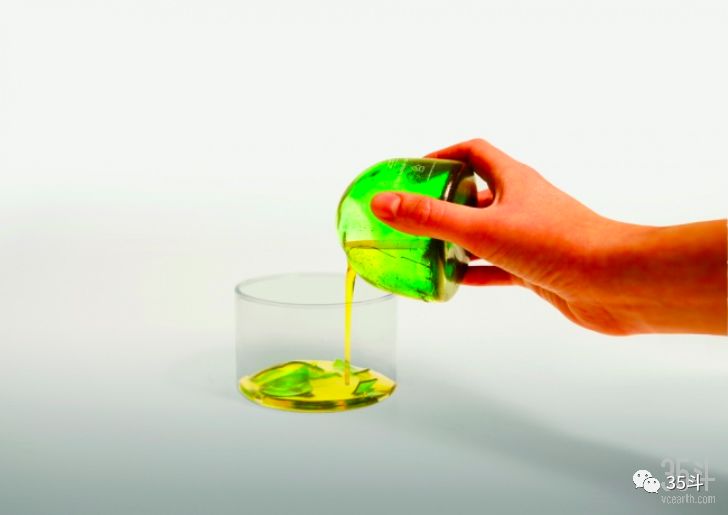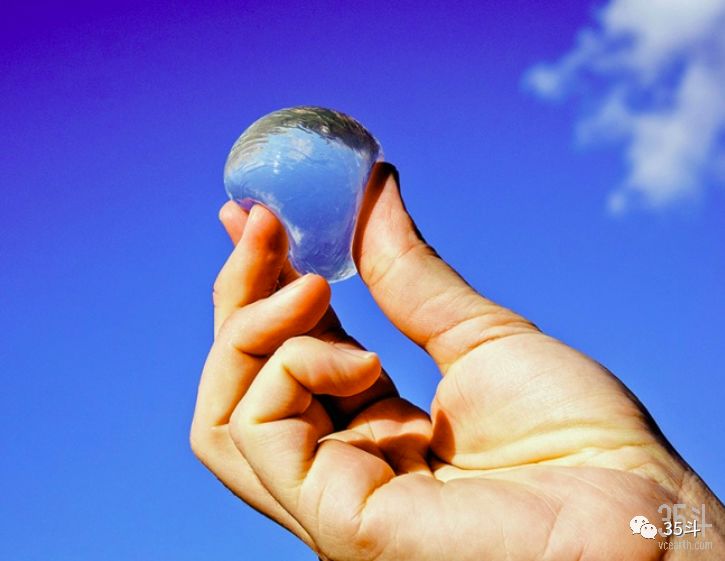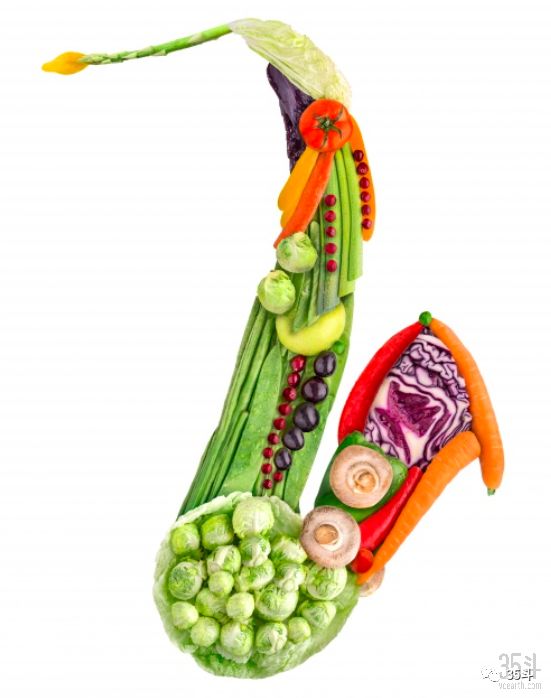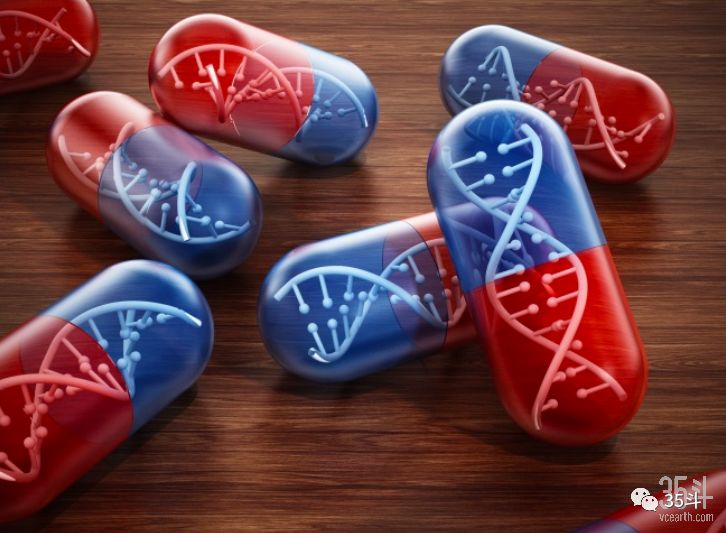Today, with an ever-increasing population and limited resources, we need to rethink the issue of “what to eat” with the help of food technology.
Editor’s note: This article is from WeChat public account “35 bucket” (ID: vcearth ), author Li Weiyu.
In order to meet people’s demand for food quantity, quality and individuality, each start-up company has tried its best to develop new foods. Recently, 35 Dou has published many articles about future foods, the largest of which is still artificial meat.
In addition, insect protein is also a rising new food. In this article, we will learn more about the variety of technology foods. Some of them have developed steadily and entered the market, while others have remained at the conceptual stage. But in any case, the shape of the food will become more and more abundant, and even the concept of arrogance will have the opportunity to become a reality.
In today’s growing population and limited resources, we need to rethink the issue of “what to eat” with food technology.
Insect Protein
According to the UN Food and Agriculture Organization In-depth reports that at least 2 billion people have eaten insects. Although it is a bit nausea, it is an indisputable fact that insects are rich in fat, protein, vitamins, fiber and minerals. In addition, eating insects is more environmentally friendly than eating animals, and some insects taste very similar to the food we often eat, such as apples, bacon, peanut butter or fish.
Rain algae with your breath
most algae (such as Seaweed) contains a large amount of omega-3 fatty acids, which are essential nutrients for human health. Inventor Michael Burton and designer Michiko Nitta even suggested that humans can grow their algae while wearing special masks to breathe. In a performance at the V&A Museum in London, they showed how an opera actor brought a mask to power algae growth.
Cell meat
production in the laboratory Meat is a way to solve environmental problems that can help reduce greenhouse gas emissions, overfishing and animal welfare issues. Memphis Meats has used animal stem cells (obtained through painless biopsy) to produce meatballs in the laboratory. But it is expensive, and the price of 450 grams of meat reaches $2,400.
3D printing tempting fresh food
3D printing technology can be used Plastic and metal objects can also be printed and cooked. Dutch designer Chloe Rutzerfeld suggested combining food, gardening and 3D printing. First, print a dough shell containing edible soil and various seeds. A few days later, the seeds began to grow and emerged from the small holes in the box. However, this design is still in the concept stage.
Self-degradable food packaging
Generally speaking, food It takes several years for the bag to decompose naturally. The Swedish-based Tomorrow Machine has a new approach. They developed a oil bag made of caramel and wax, a smoothie bag made of seaweed and water, and a rice bag made of biodegradable beeswax, which have the same lifespan as the food they contain.
Edible water bottles
One London-based company Seaweed technology startup Ooho plans to replace plastic bottles with edible seaweed water bottles. Once listed, this packageIt can also be used in other liquids such as spirits and cosmetics. And seaweed-based packaging is cheaper than plastic.
Strengthen food with sound waves
A study by Oxford University has shown that the bitterness of food depends on the background sound. This method is recommended for widespread use, such as using music to remove unhealthy ingredients from food when people are not paying attention.
Artificial aquatic products
The lab can not only Cultivate meat and produce aquatic products. In 2002, a group of scientists at the University of Touro immersed the muscles of goldfish in fetal calf serum and successfully made small fish fillets. New Wave Foods has invented a “fake shrimp” made from algae and is currently developing lobsters and crabs.
Healthy eating is more important
We often don’t know ourselves What are you eating? TellSpec’s food scanner solves this problem by detecting the ingredients in the customer’s plate. You only need to aim the device at a food that warns of chemicals and allergens and helps you track your vitamin intake. This kind of scanner can be pre-ordered, and if it goes well, more people will have the opportunity to use it in the future.
Develop a diet based on genes
When genetics and nutrition A combination of learning and a new cross-cutting field was born. If DNA sequencing is cheap enough to be done at home, we can use an app to query differentWhat kind of food should the human body eat, let us sleep better, feel healthier, and know what is to be avoided.
Because everyone’s genes are different, the diet should also be personalized. There are already companies specializing in this technology development: California-based startup Habit plans to use genetic markers to identify the ideal meal for each customer and send the meal directly to their door.
Article source: “10 High-Tech Foods We Will Be Eating in the Future”
Image source: Same as above
